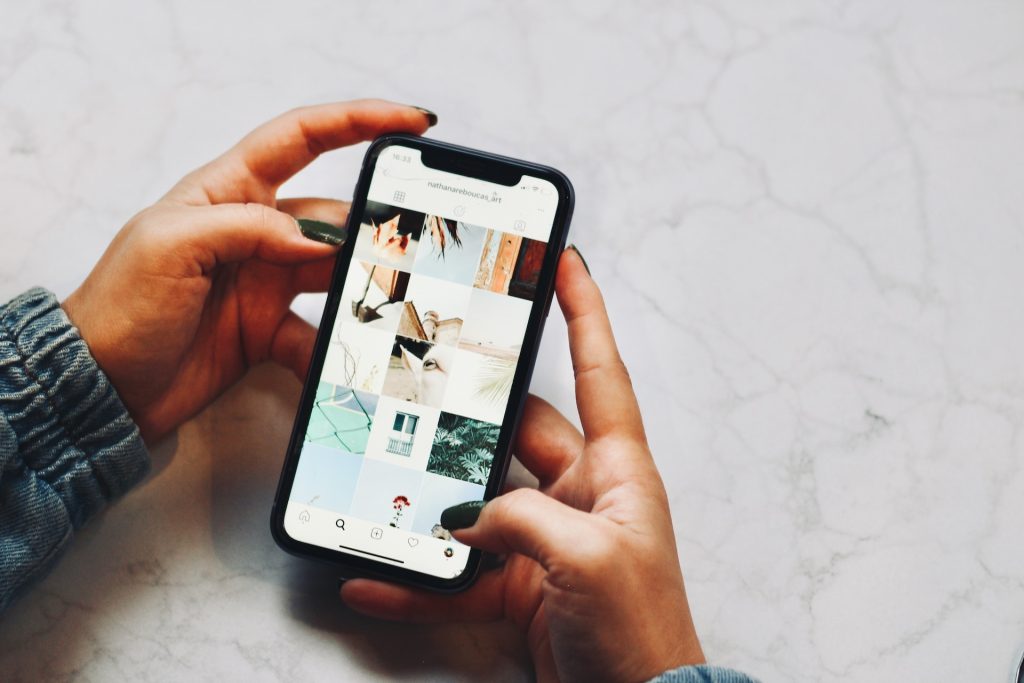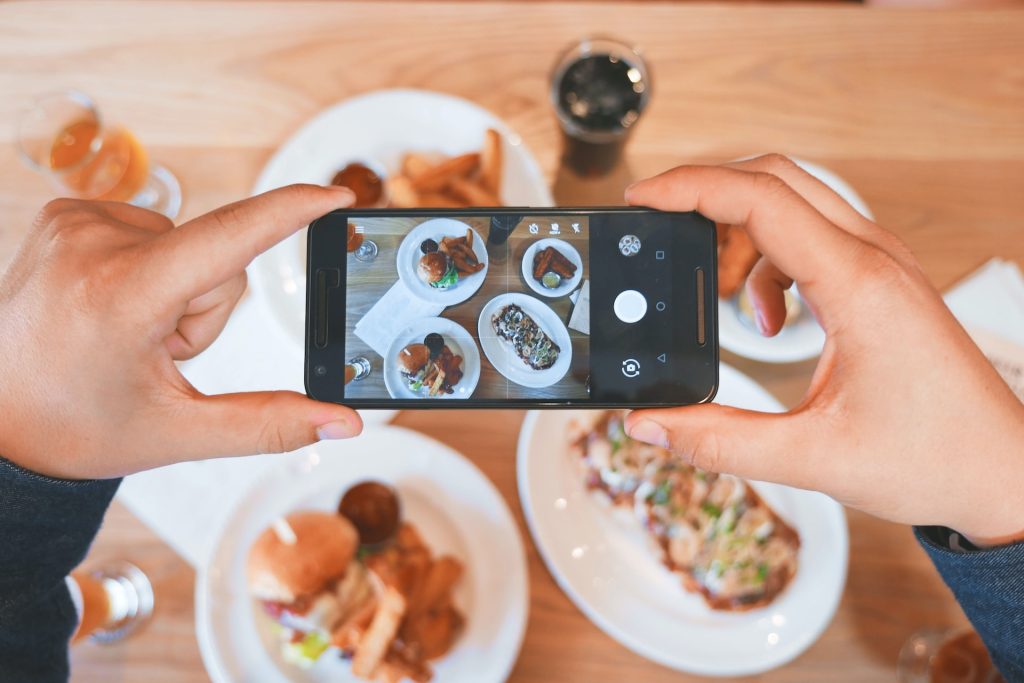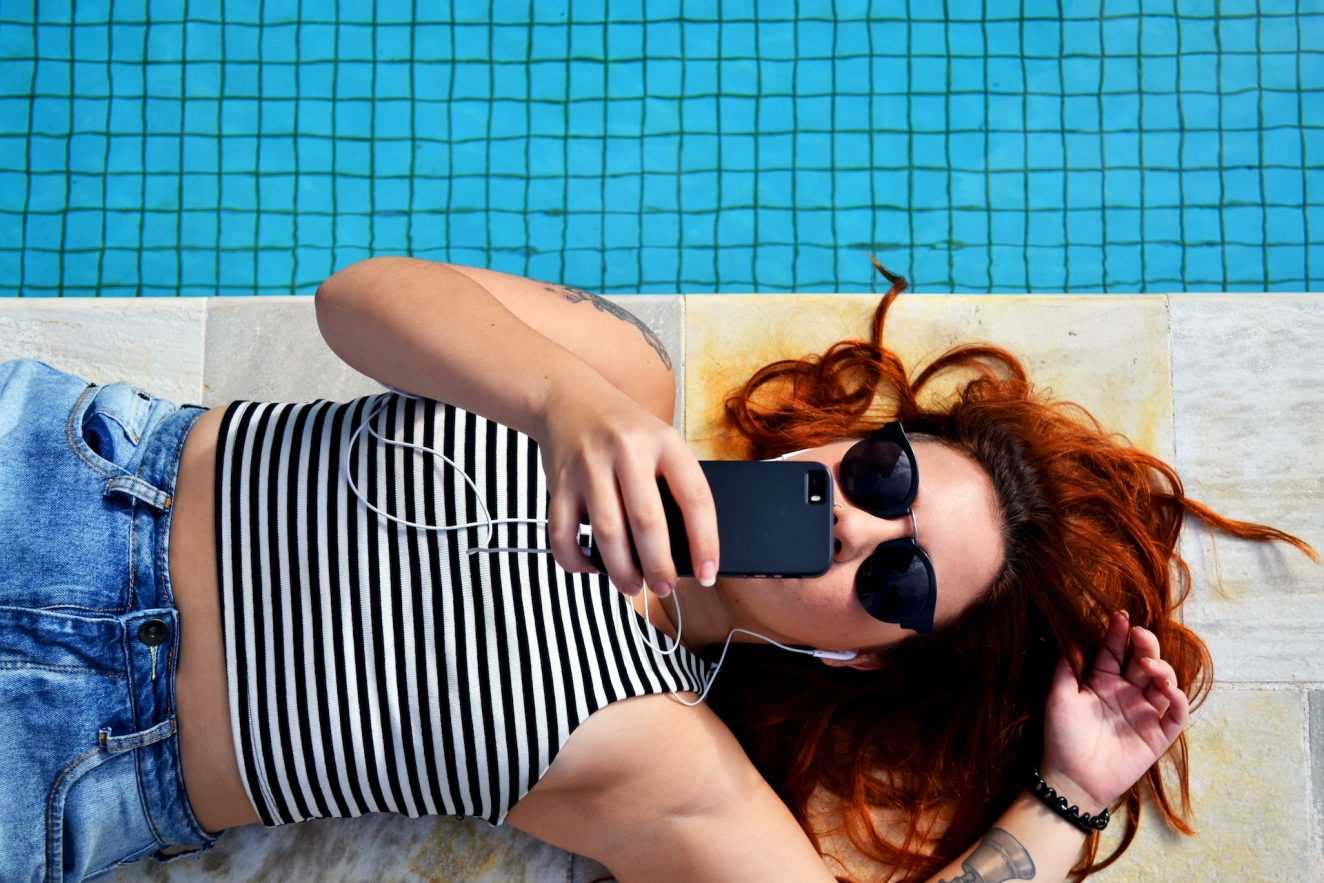In the era of constant connectivity and digital sharing, the relationship between social media and mental health has become an intricate web of influences. While platforms like Instagram make efforts to mitigate the adverse effects, the fundamental question lingers: Are these actions a genuine remedy, or just a superficial solution to a more profound issue?

Instagram’s Like Suppression: A Step Forward or a Mirage?
The decision by Instagram to suppress likes, unveiled last year, marked a noteworthy attempt to address the mental health implications associated with the platform. Dr. Jacqueline Sperling, a psychologist at McLean Hospital specializing in anxiety disorders among youth, views this move as a positive albeit modest stride in the right direction.
“While removing likes is a small step, opportunities for comparisons and feedback persist. Users can still compare themselves and engage in comments,” notes Dr. Sperling, highlighting the complexity of the challenge at hand.
Dopamine and the Social Media Rollercoaster
At the heart of the social media dilemma lies a powerful force—the brain’s reward center. Social media engagement triggers the release of dopamine, commonly referred to as the “feel-good chemical.” This neurological response, akin to the pleasures derived from sex, food, and social interactions, contributes to the addictive nature of these platforms.
Designed to be captivating, social media platforms, however, come with a dark side. The addictive qualities have been associated with heightened levels of anxiety, depression, and even physical ailments. In a world where 69% of adults and a staggering 81% of teens in the U.S. use social media, the pervasive influence on mental health cannot be ignored.
The Psychology of Unpredictable Outcomes
What keeps users glued to their screens, despite the potential negative impact on their mental well-being? Dr. Sperling draws an analogy with a slot machine, emphasizing the role of unpredictability in sustaining behavior. The uncertainty surrounding the number of likes, the identity of those engaging with content, and the timing of responses fuels the engagement.
“The unknown outcome and the possibility of a desired outcome can keep users engaged with the sites,” Dr. Sperling observes, shedding light on the psychology underpinning social media addiction.

Comparisons, FOMO, and the Distorted Lens
Social media thrives on the human propensity for comparisons. Whether it’s assessing the number of likes relative to others or scrutinizing the dynamics of online interactions, users constantly seek validation. Fear of Missing Out (FOMO) amplifies this phenomenon, creating anxiety and depression when users perceive themselves excluded from shared experiences.
The impact on sleep patterns, as revealed by a 2018 British study, underscores the profound consequences. Disrupted sleep is linked to depression, memory loss, and impaired academic performance, indicating that the tentacles of social media reach deep into physical well-being.
The Unfiltered Reality
For adolescents, the vulnerability is heightened, especially for females. Social media provides a platform for relational aggression, where exclusionary tactics and hurtful comments manifest digitally. The visual nature of platforms like Facebook, Instagram, and Snapchat introduces a distorted lens that distorts perceptions of appearance and reality.
During a critical developmental phase, where puberty coincides with the quest for identity and peer relationships, the unfiltered world of social media can exacerbate challenges. The accessibility to filtered and airbrushed images further blurs the lines between reality and illusion, impacting both physical and emotional well-being.
Navigating the Filtered World
The vulnerability extends beyond teens, encompassing adults as well. The quest to mirror filtered Snapchat and Instagram photos has driven individuals to seek cosmetic alterations. The narrative of a newlywed couple, whose honeymoon was marred by excessive social media engagement, serves as a stark reminder of the impact on real-world relationships.
Balancing the Pros and Cons
While acknowledging the positive aspects of social platforms, including global connectivity and information dissemination, Dr. Sperling calls for a reevaluation of technology’s role in society. The instant gratification culture, coupled with reduced community interactions, presents a multifaceted challenge that extends beyond the realm of mental health.

As the debate continues on the impact of social media on mental well-being, individuals are urged to reassess their own behaviors. The role of social platforms as facilitators of meaningful connections rather than mere arenas for comparison is a potential paradigm shift that could redefine the landscape.
In a world where technology evolves faster than our understanding of its consequences, the need for a collective introspection looms large. The Pandora’s box of social media may be open, but the power to navigate its complexities lies in the hands of every user willing to tread thoughtfully through the digital landscape.





